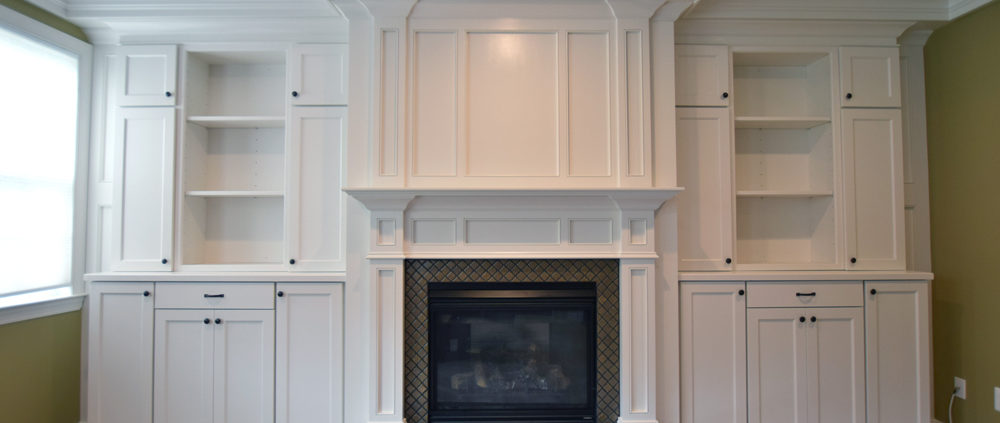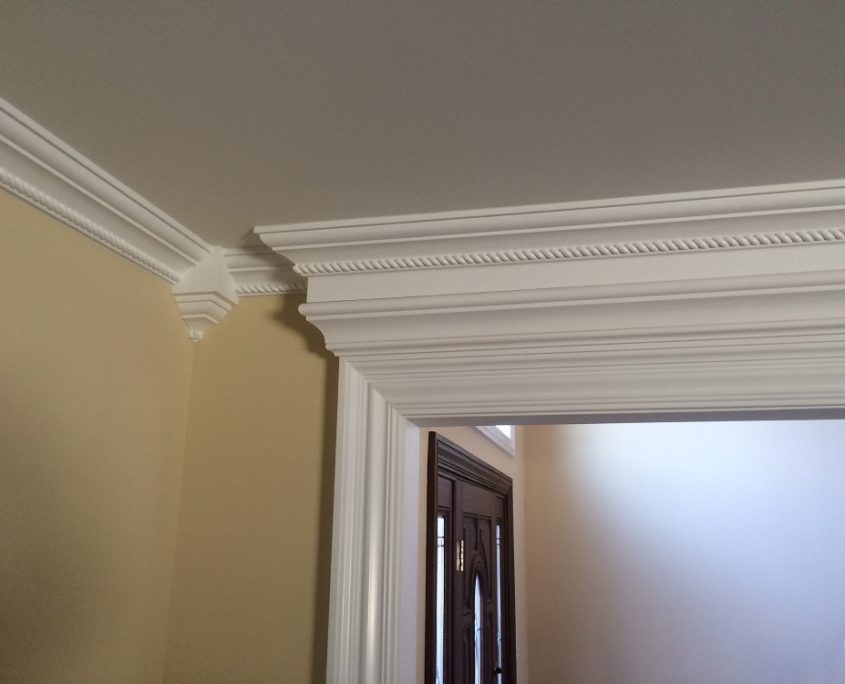Set Your Interior Style with Moulding Profiles
Do your interior spaces seem flat and characterless? If so, interior trim — aka interior moulding or millwork — can inject some much-needed personality and depth. Trim helps outline and frame key visual and functional elements within a room, making them pop and stand out.
When shopping for interior trim, you’ll often be presented with various moulding profiles to choose from. This refers to the cuts, contouring, and detailing imparted into the trim to give it a unique look and feel. Moulding profiles range from subtle and understated to some truly eye-catching and ornate designs, calling attention to themselves of their own accord.
Before we get into a few common moulding profiles, let’s brush up on interior millwork and its component parts.
What is interior millwork?
When we talk about interior millwork, we’re talking about items traditionally fashioned by carpenters in a sawmill. Before the introduction of synthetic materials in the mid-20th century, millwork was exclusively constructed from pure, unadulterated lumber. However, in recent decades the term has become inclusive of materials like MDF (medium-density fiberboard), composites, particle board, and fiberglass. For the purist, though, millwork is still wooden.
Home remodelers can either opt for mass-produced stock millwork to cut costs or customized architectural millwork to really nail down a particular look, depending on their goals. Custom milling is often employed in older homes and historical restoration projects.
Types of interior mouldings
The types of interior mouldings are classified by their positioning within a room — what they accent, border, or adjoin. Let’s start from the floor and make our way up.
Shoe moulding, baseboards, and base caps
As their name indicates, baseboards are wide, flat boards that run along the base of the wall. The shoe moulding is a rounded piece of wood that forms a “shoe” at the foot of the baseboard, covering up the joint between the floor and the baseboard. For a bit of added flair, a base cap can be fitted along the top edge of the baseboard.
Wainscoting and chair rails
Wainscoting is decorative wooden paneling covering some portion of a wall — usually just the lower half, although it can stretch higher in some instances. A chair rail is a narrow piece of horizontal trim traditionally used to protect walls from the ravages of chair backs. Chair rails can be used on their own or as a topper for wainscoting, visually separating the upper and lower wall.
Door and window framing elements
Door and window framing is most often thought of as functional (securing the door or window into place, sealing off gaps), but with the right moulding profile, it can be quite artful as well.
- Jambs — Flat boards that either run along the sides of doors and windows vertically (side jambs) or along the tops horizontally (head jambs), creating a finished look.
- Casings — Narrower trim pieces that cover the gaps between the rough opening in the wall and the installed window or door.
- Stool and apron — The stool is the shelflike board perched atop a windowsill, the apron is horizontal trim that sits below it.
- Grilles — Gridlike framing element that creates the effect of smaller, individualized window panes. When it’s not just for show and the glazing is actually divided, they’re called muntins.
- Plinth blocks — Thick footer blocks flanking a doorway on either side. They slide in between the baseboard and side casing.
Railings and banisters
Not just for holding onto while going up or down the stairs, railings and banisters can also become the focal point of your foyer.
Mantels
Frame the fireplace in style, with a shelf for decorations and keepsakes.
Crown mouldings
Crown moulding is a wide trim element installed along the upper perimeter of the room, tapering in from the ceiling to the wall. It can be combined with other accents to create truly elegant effects.
Ceilings
Millwork can also give new dimensions to ceilings. A tray ceiling creates the effect of an inverted tray, with trim pieces forming a lip around the recessed center portion. Coffered ceilings offer even more elaborate effects by using trim to divide the ceiling up into recessed geometric patterns.
Popular moulding profiles
Here are a couple of popular lines of moulding profiles from our friends at Kuiken Brothers in New Jersey.
Classical/traditional
Taking cues from American homes of the 18th and 19th century, these moulding profiles draw from the Georgian, Federal, Greek Revival, Colonial Revival, and Traditional Revival architectural styles of early American history, teeming with fine details and embellishments.
Modern Craftsman
Craftsman-style homes were enormously popular in the early 20th century, emphasizing cleaner, straighter lines with fewer curves and outcroppings. Moulding profiles of this nature would suit someone looking to add more subdued dignity to their home.
Complete home renovations from Ayars
If you live in South Jersey and are looking to distinguish your interior spaces, the Ayars team has the craftsmen on staff to do it, and the materials suppliers to support it. Reach out to us to learn how we can take your interior from ordinary to extraordinary with complete home renovations.





